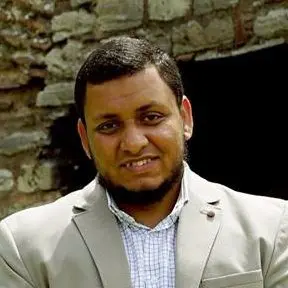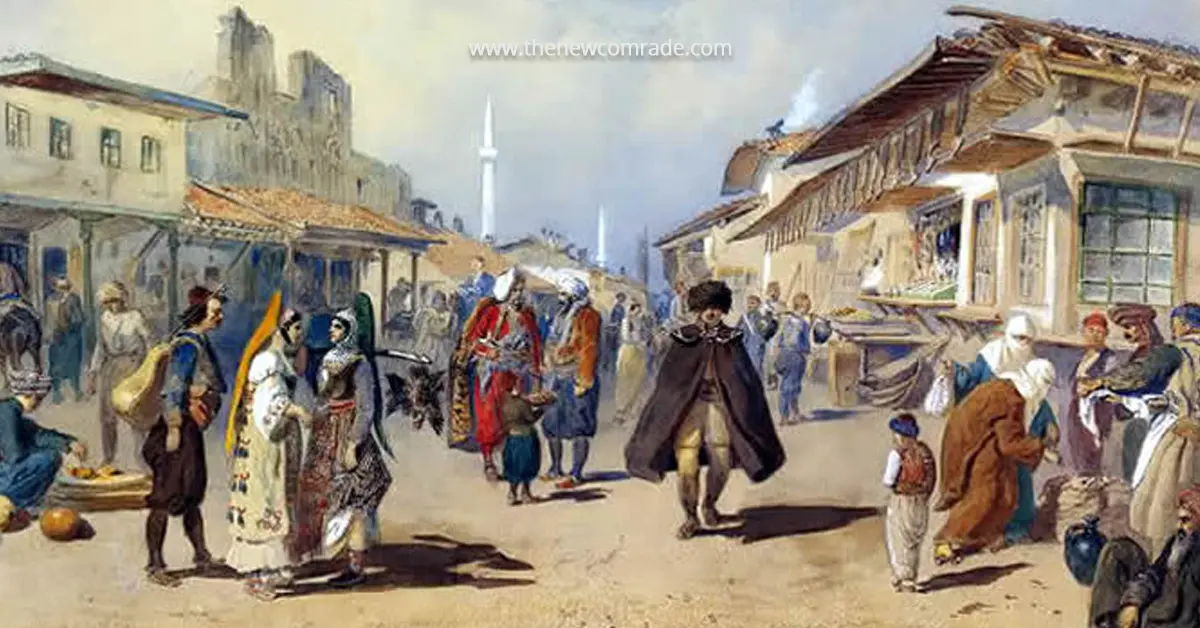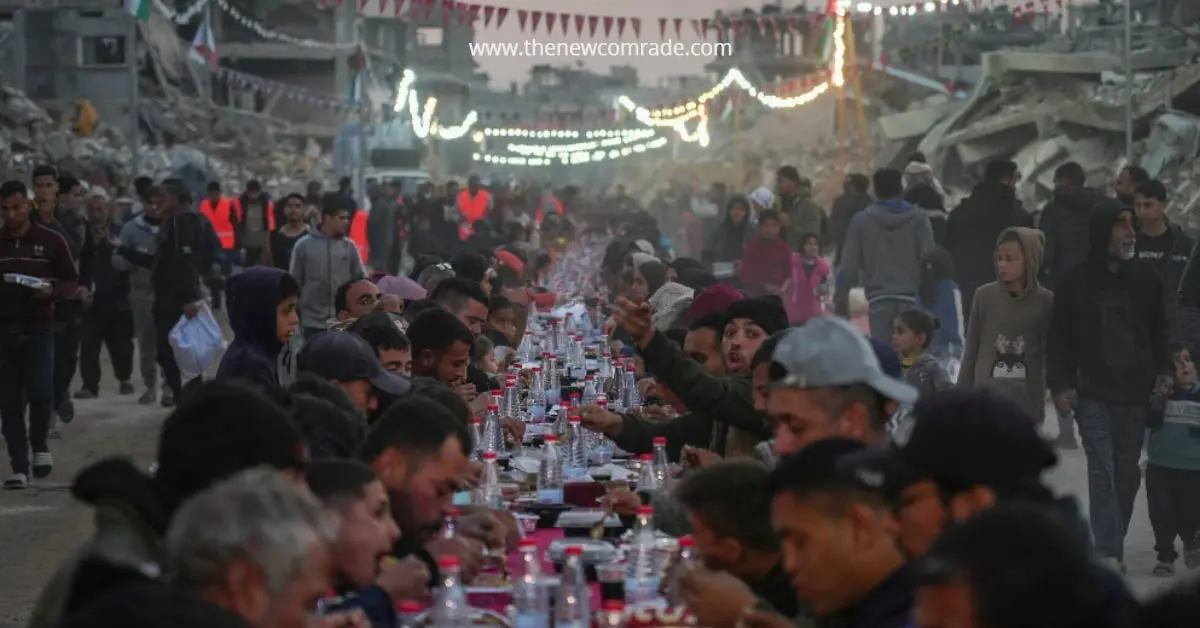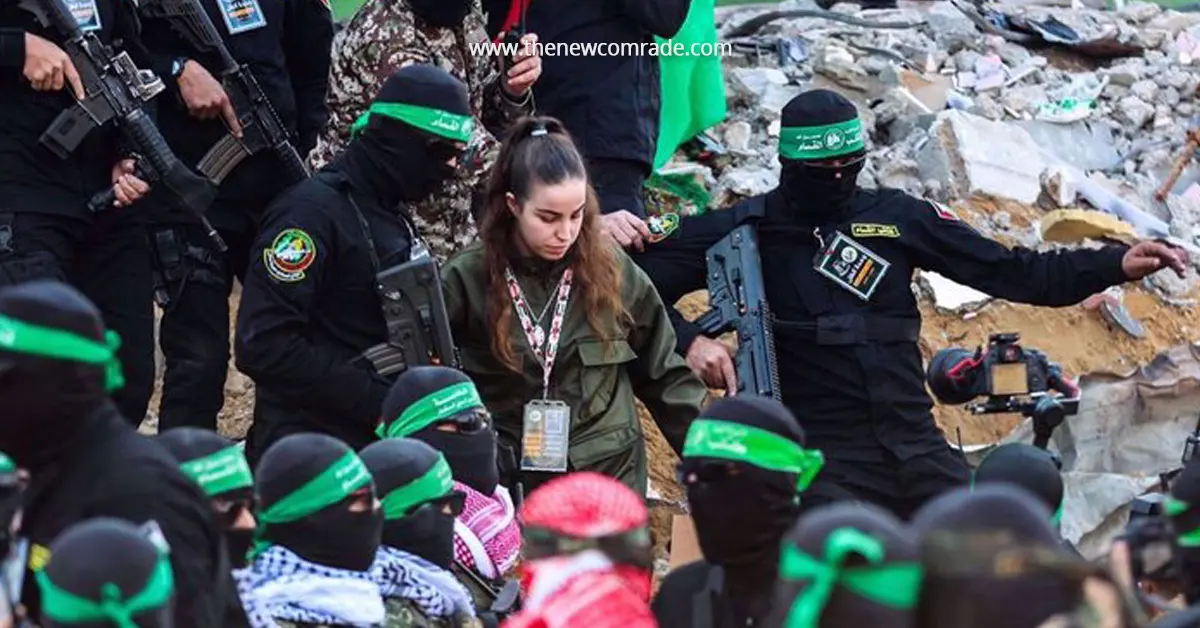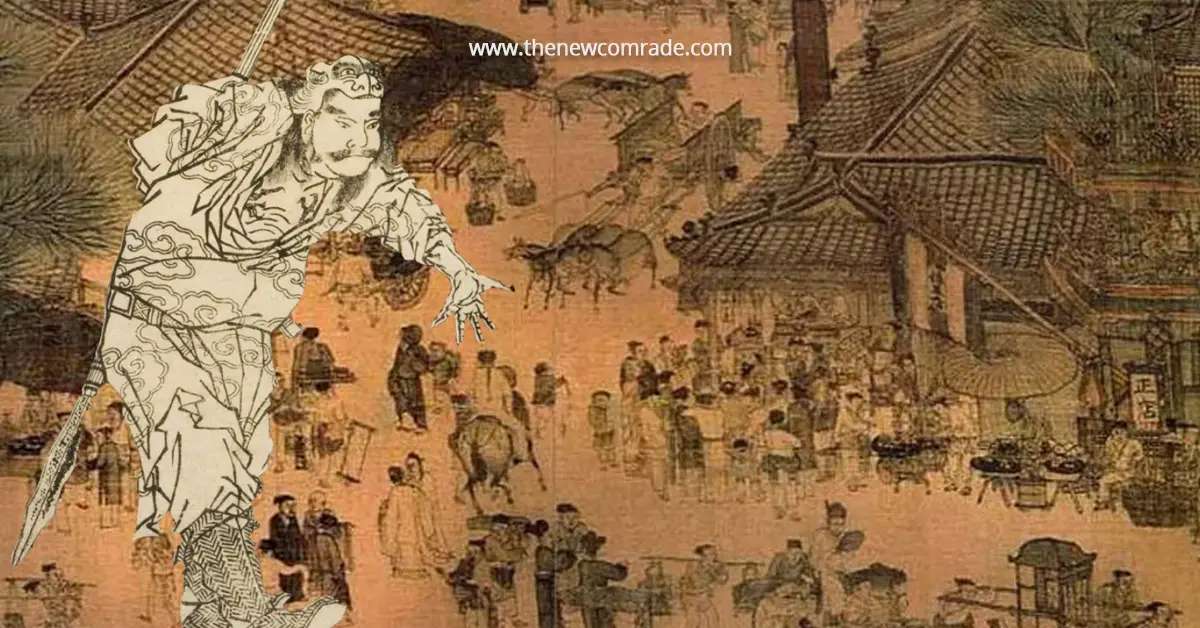March 3, marks the anniversary of the fall of the Ottoman state – the last Muslim caliphate so far, though Sharif Husain made a claim thereafter for a very short period, with no takers. Since then, Muslims have lived in an era unprecedented in Muslim history, one without a caliphate or a unified Muslim state.
Some researchers attribute this incident as “second catastrophe” for Muslims, first being the demise of the Holy Prophet SAAWS. Despite passage of 101 years, biased writings continue to launch venomous attacks on the concept of caliphate, its system, and Ottoman state. This is largely driven by fear of Muslims reuniting.
The blame lies not with those who oppose caliphate, for the idea of Muslims reunifying is indeed daunting for enemies. The notion that a vast territory could become a single state, overseeing global resources, is unsettling. The fault, instead, lies with naive or foolish Muslims who echo the criticisms of caliphate system or Ottoman state, which was a great power of its time. A testament to its greatness is that Palestine was only lost when Ottoman state weakened. Consequences of this are evident today.
Here let us see about one of the many feats that were accomplished by the Ottoman state in its heydays during Ramadan.
It could be said that the city of Belgrade, capital of present-day Serbia, was the true barometer of conditions of the Ottoman state. When Ottomans were powerful, Belgrade was theirs, and when they were weak and retreating, it belonged to the Serbs, Hungarians, or Austrians. Initially three major failed attempts had been made to conquer this city, including one before the conquest of Kostantiniye (Istanbul) itself! Then, Allah Almighty blessed Muslims and granted them victory in the month of Ramadan (927 AH) at the hands of Sultan Suleiman the Magnificent.

First attempt
During the course of the second rise of the Ottoman state, while Murad II was preparing to conquer Kostantiniye, they planned to conquer everything around Kostantiniye prior to taking the city itself. They penetrated to Balkan and captured many cities and cut off supplies, as much as possible, to besiege it by land.
After strenuous efforts, Murad II achieved control over large swathes in East Europe, either by direct rule or by influence and sovereignty, which was recognised by Principalities of Wallachia (southern Romania), Bogdania (Moldova), Arnaut (Albania), etc. The next step was Istanbul.
At that moment, Serbian Despot Đurađ Branković rebelled against Ottoman sovereignty. Murad II marched with his army to besiege Smederevo for two months until he conquered it. Brankovic fled to Hungary. He then besieged Belgrade for six months, but the city eluded him, and its soldiers valiantly defended it.
This war was the prelude to a broad Crusader alliance launched by the King of Hungary, which included the Papacy, Poland, Genoa, Venice, Serbia, Wallachia, Byzantines, and battalions of Germans and Czechs. They inflicted great defeats on Ottomans, forcing Murad II to sign a ten-year truce. Under this treaty, he ceded Wallachia to Hungary, returned some positions to the Serbs, and recognized Đurađ Branković’s authority over Serbia.
However, the Pope intervened, inciting the King of Hungary to break the truce. He considered it an excellent opportunity to eliminate Ottomans in Europe and propagandized legacies of Crusades. Europe gathered its forces and attacked Bulgaria at a difficult moment for the Ottoman state. A massive battle took place at Varna, resulting in a decisive Ottoman victory. The King of Hungary and the Pope’s delegate were killed, and the Crusader alliance collapsed. Hungary, which had broken the treaty, was removed from the equation of European conflicts for at least ten years after this crushing defeat.
Second attempt
After the conquest of Kostantiniye, Mehmed II marched to Belgrade in 1455 to end its status as a center of Serbian rebellions that flared up whenever the state suffered any unrest. Belgrade had also served as a forward base for the Hungarian army against Ottomans and as a barrier to the conquest of Hungary.
Serbs were Greek Orthodox, but under the rule of the Catholic King of Hungary. Historical accounts show that Greek Orthodox preferred Muslim rule to Catholic rule because of the religious freedoms they enjoyed under Muslims, which they did not have under the Catholics. However, inside Belgrade at that time was one of Hungarians’ greatest historical heroes: John Hunyadi, whose valour and heroism are unanimously recognized by both Muslim and Christian sources. He managed to hold out against the Ottoman army and sustain the siege until it was lifted, forcing Ottomans to retreat without conquering the city. However, he was severely wounded and died just twenty days later, remines censing the saying “Victory is the matter of an hour’s patience!”
Hunyadi had previously suffered a severe defeat at the hands of Ottomans, fleeing and hiding in a pool of water for three days. When he reappeared, Serbs, out of their religious enmity, handed him to Ottomans. Ottomans released him on the condition that he would not fight again on Serbian land (as he was a Hungarian Catholic), but he broke his pledge and led this historic defense of Belgrade, keeping it out of Ottoman hands for sixty years! As soon as he died after the war, Serbia surrendered to Ottoman sovereignty in exchange for an annual tribute, though it did not become part of the Ottoman Empire. By the time Mehmed II passed away, all Balkan towns had fallen under Ottoman rule — except for Belgrade and some Adriatic islands belonging to Republic of Venice.
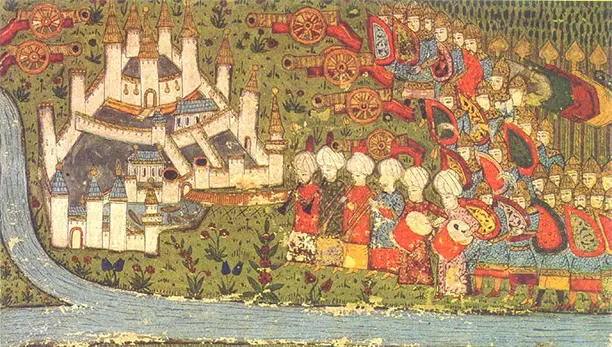
Conquest
Suleiman the Magnificent sent an envoy to the King of Hungary to demand tribute. Hungarian court refused to receive him and instead, they seized him, cut off his nose and ear, paraded him around the city, and then released him. Some accounts say they killed him.
Enraged, Suleiman the Magnificent prepared a massive army, personally leading it to Hungary. At the army’s vanguard, he sent a division to conquer Šabac, near Belgrade, which they captured on 2 Sha’ban 927 AH. Ottoman forces then advanced and laid siege to Belgrade, bombarding its defences until Hungarian soldiers surrendered on 25 Ramadan 927 AH (29 August 1521 CE). Ottoman armies entered the impregnable city, which neither Murad II nor Mehmed II had managed to capture. Suleiman the Magnificent prayed last Friday prayers of Ramadan in Belgrade. The news shook Europe, as barriers between Ottomans and Hungary had been removed.
It was not long before the Ottomans began to reap benefits of that conquest. Ottoman army advanced toward the Hungarian capital, Budapest, reversing the strategic situation. Belgrade became an advanced Muslim base against Hungary. Suleiman the Magnificent led his army and captured several fortresses along the way until they reached the Mohács Valley, where one of the greatest battles in Ottoman history took place, viz. Battle of Mohács (20 Dhu’l-Qa’dah 932 AH – 28 August 1526 CE). Ottomans won a decisive victory, annihilating Hungarian army, killing King Louis, and capturing Budapest itself on 3 Dhu’l-Hijjah 932 AH (10 September 1526 CE).
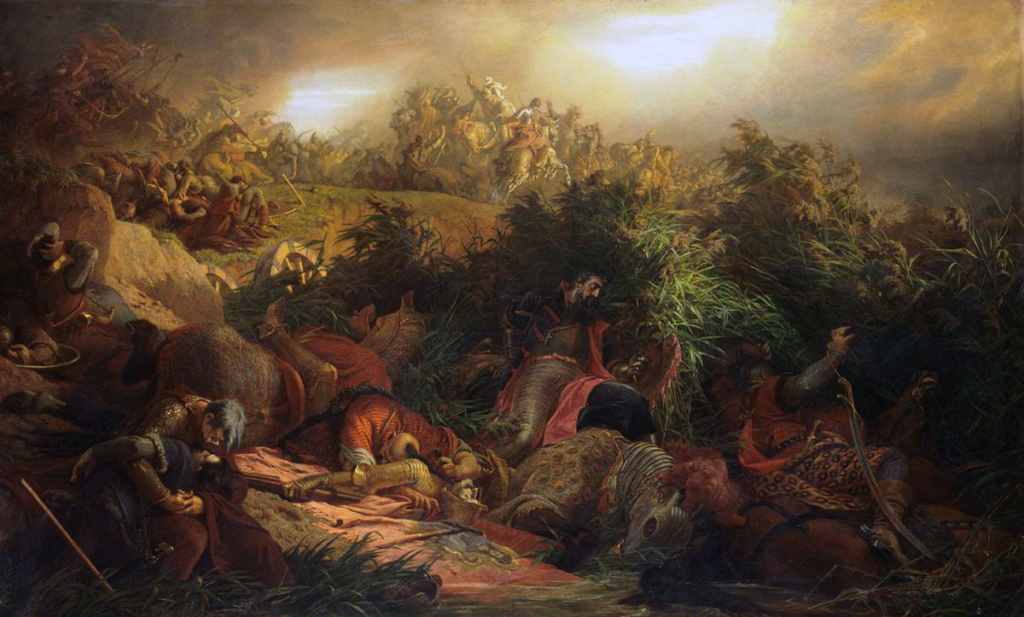
Although Ottomans captured Budapest, they chose to keep it under their sovereignty rather than ruling it directly due to the difficulties and costs associated with its geographical distance and social conditions. Suleiman the Magnificent entrusted its governance to his vassal, John Zápolya, the governor of Transylvania (western Romania). When Austria conspired to depose him, Suleiman prepared another army, reinstated Zápolya, and marched to besiege Vienna, the capital of Austrian Empire and the stronghold of the powerful Habsburgs. Thus, Belgrade was the gateway to Budapest, which was the gateway to Vienna. Had a powerful sultan succeeded Suleiman the Magnificent, history might have taken a different course.
Disclaimer: The opinions expressed in this article are solely the author’s and do not neccessarily reflect the opinions or beliefs of the website and its affiliates.

